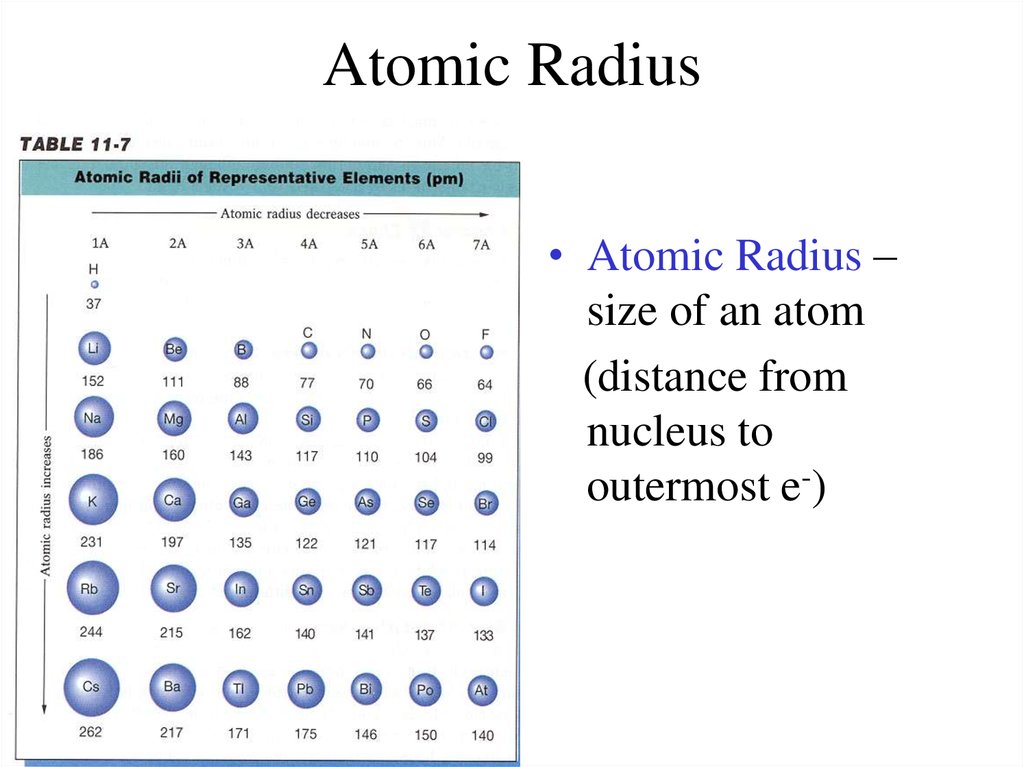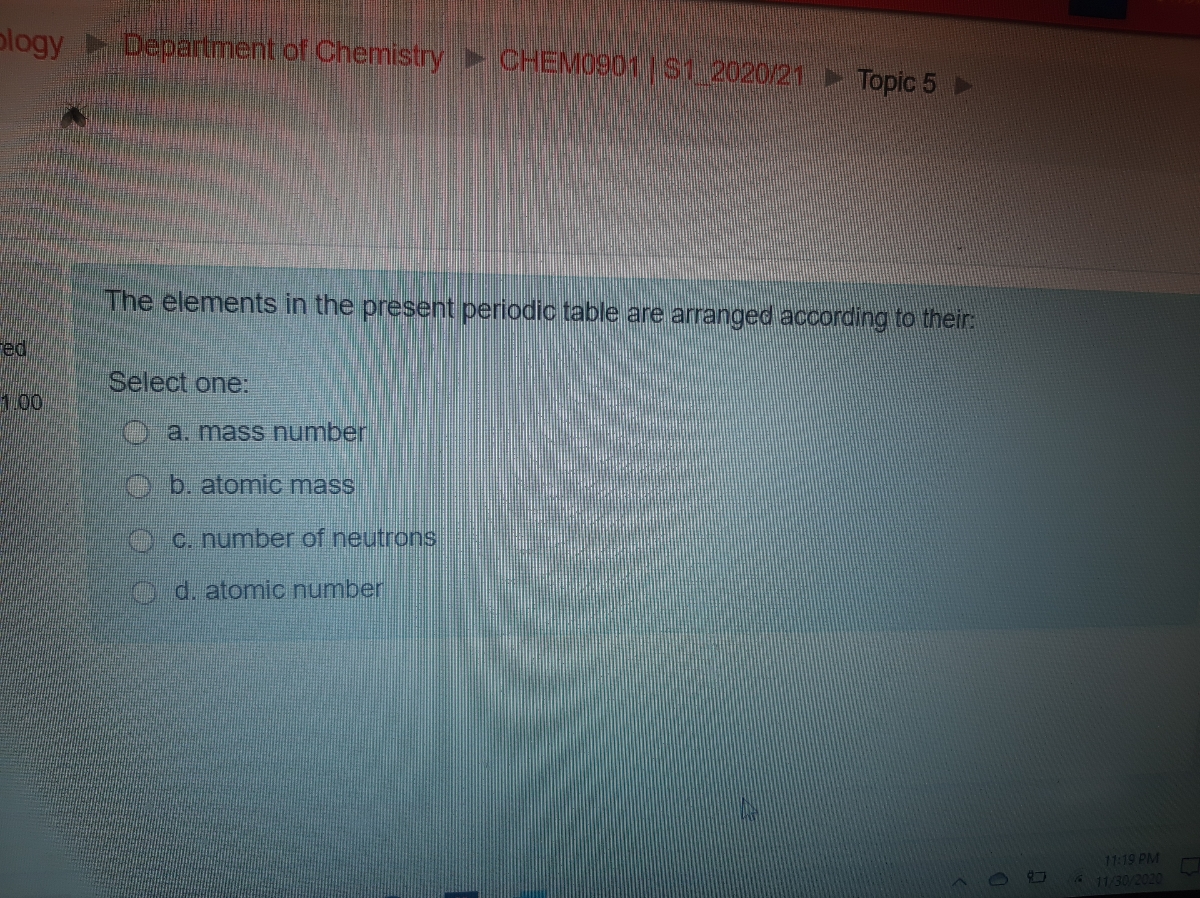

While working on the periodic table, he ended up making the most significant contribution to organic chemistry in history. Mendeleev ultimately succeeded in his endeavor and wrote the definitive chemistry book of his time, titled “Principles of Chemistry”, which was made into two volumes. We could try understanding what Mendeleev went through by giving the analogy of a tough jigsaw puzzle with half the pieces bent out of shape. At that time, less than half the current elements were known, and some of those elements that were present had the wrong data. However, this wasn’t as straightforward as one might imagine in the time of Mendeleev, as there were numerous obstacles to overcome. This is because new elements have either been discovered or made by man, and later added to the periodic table.īefore we dive into the intricacies of the periodic table, let’s first take a walk down memory lane.ĭmitri Mendeleev (Photo Credit: Public Domain/Wikimedia Commons) The arrangement of the periodic table has changed over time since its inception. Each of these elements is specifically placed in the periodic table, keeping specific parameters in mind. The arrangement of the periodic table was formulated in order to give a very informative representation of the chemical elements. The elements in a period have the same number of electron shells. The elements in a group have the same number of electrons in their outermost orbital.


The periodic table is also arranged by groups and periods. The elements are arranged in order of increasing atomic number. The periodic table is arranged by atomic number, which is the number of protons in an element’s nucleus. Dmitri Mendeleev – Father of the Periodic Table.Note: The stable state of an atom is in which the atom has the same electronic configuration as the nearest noble gas. Give the number of protons, neutrons, and electrons for each of the following elements: Hydrogen has three isotopes that differ in their mass number. The three isotopes have the same atomic number, z=1 but protium has a mass number, A =1, deuterium, A =2, and tritium, A =3.įrom left to right: Protium, deuterium, and tritium Isotopes are different forms of an element with the same number of protons but a different number of neutrons.įor example: hydrogen has three isotopes: 1H, 2H, and 3H. ElementĪtoms of the same elements can have different numbers of neutrons we call them isotopes. For example carbon-14 and nitrogen-14 both have the same mass number. On the other hand, two elements may have the same mass number. We said that no two elements have the same atomic number or the number of protons is distinct for an element. X element has the mass number at the top and the atomic number down. In the periodic table, the element symbol is used where the atomic number is usually written down the left of the symbol and the mass number at the top: = 12 - 5 = 7 Elements’ Atomic and Mass Numbers:Īll elements are arranged according to their atomic number in a table called the periodic table. Number of neutrons =mass number – atomic number If the mass number of a boron atom is 12 and the atomic number is 5, calculate the number of neutrons. If we know the mass number and the number of protons, we can calculate the neutron number. The mass number, A, is the sum of the number of protons and neutrons found in a nucleus. Sodium is highly reactive and tends to lose one electron to reach a stable electronic configuration similar to that of the nearest noble gas, neon.Īnother number we use to identify an atom is the mass number. We expect sodium to be highly reactive and easily ionized (lose an electron) to reach a stable state.

The 11 electrons are distributed among three shells, where the first shell is filled with two electrons, the second is filled with eight e’s and the third shell has only one electron. For example : sodium has an atomic number equal to 11. No two elements have the same atomic number.Īn atomic number is the number of protons inside the nucleus or electrons around the nucleus in a neutrally charged atom.Ītomic number (Z) = number of protons or electrons of neutrally charged atom.īy looking at the atomic number, which is equal to the number of electrons in a neutral charged atom, we can identify the chemical properties of an element. In the vast space around the nucleus, the negatively charged electrons are located.Įach element has a distinct number of protons we often call it the atomic number. The nucleus contains the positive protons and neutral neutrons. Atoms consist of a nucleus where the mass of the atom is concentrated.


 0 kommentar(er)
0 kommentar(er)
